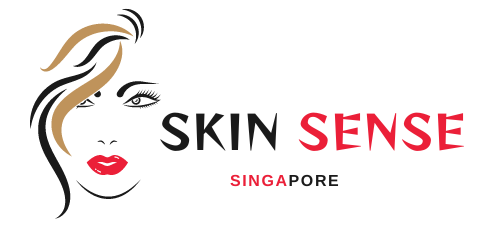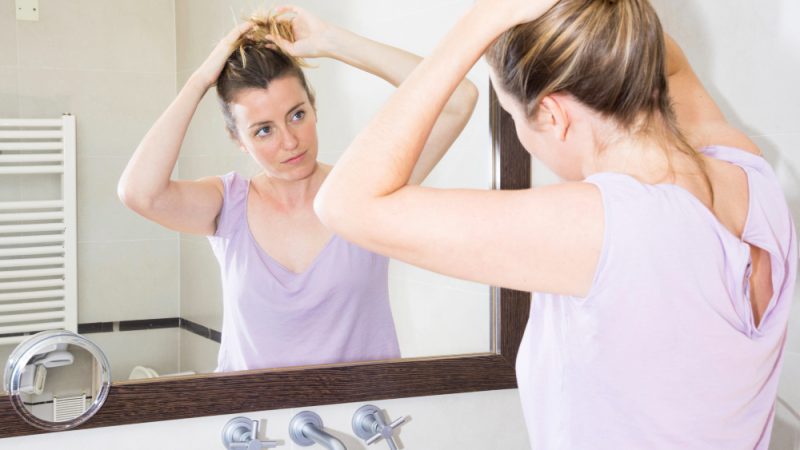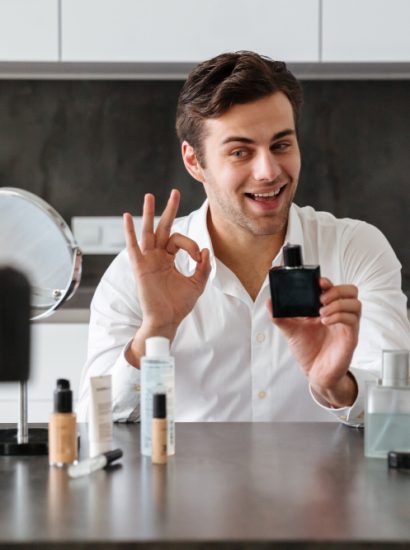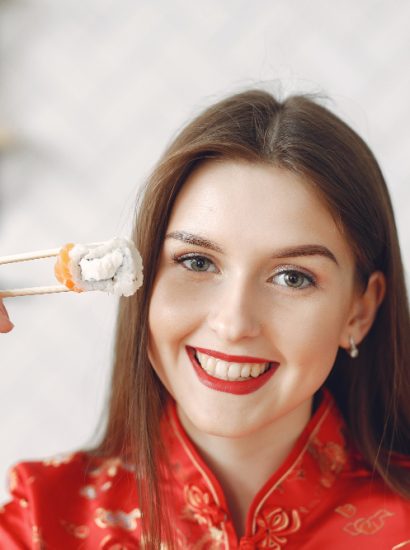Hair care can be overwhelming with so many products promising shine, strength, and hydration. Among the essentials are conditioner and leave-in conditioner. While they sound similar, they serve different purposes and work in different ways. Knowing when and how to use each can transform your hair from dull and dry to silky and manageable.
In this complete guide, we’ll explore the differences between regular conditioner and leave-in conditioner, their benefits, and how to choose the right one for your hair type.
What Is Regular Conditioner?
Regular conditioner, sometimes called rinse-out conditioner, is designed to be used immediately after shampooing. It restores moisture stripped away by cleansing, detangles strands, and smooths the cuticle layer.
Applied to damp hair, it’s left on for a few minutes before being rinsed out. Its primary role is restoring balance and preventing dryness caused by shampoo.
What Is Leave-In Conditioner?
Leave-in conditioner is a lighter, non-rinse formula that stays in your hair after washing. It provides long-lasting hydration, detangling, and protection against heat and environmental damage.
It’s often packaged as a spray, cream, or lotion. Unlike rinse-out conditioners, leave-in conditioner continues working throughout the day, making it ideal for taming frizz and keeping hair manageable.
Key Differences Between Conditioner and Leave-In Conditioner
Although both products hydrate and protect, their differences are clear:
- Application: Regular conditioner is rinsed out; leave-in conditioner stays in.
- Texture: Regular conditioner is thicker and more concentrated; leave-in is lighter and less greasy.
- Purpose: Conditioner restores post-shampoo moisture; leave-in provides extended hydration and styling support.
- Frequency: Conditioner is used every wash; leave-in can be used daily or as needed.
Benefits of Regular Conditioner
Using a rinse-out conditioner is essential for most hair care routines. Its benefits include:
- Replenishing moisture lost during shampooing.
- Smoothing the cuticle for shinier hair.
- Reducing tangles and breakage.
- Strengthening strands with proteins and nourishing ingredients.
- Prepping hair for styling.
Skipping conditioner after shampooing can leave hair feeling dry, brittle, and difficult to manage.
Benefits of Leave-In Conditioner
Leave-in conditioner is a multitasking product with unique advantages:
- Provides lightweight, all-day hydration.
- Helps with detangling, especially for curly or textured hair.
- Protects against heat styling and UV exposure.
- Reduces frizz and flyaways.
- Enhances softness and manageability without weighing hair down.
It’s particularly useful on busy days when you don’t have time for deep conditioning treatments.
When to Use Regular Conditioner
You should use regular conditioner:
- After every shampoo session.
- When your hair feels stripped or dry.
- To repair minor damage from daily styling.
- As a base step before using leave-in or styling products.
For most people, conditioner is non-negotiable—it’s a basic step for keeping hair healthy and balanced.
When to Use Leave-In Conditioner
Leave-in conditioner is best used:
- After washing and towel-drying hair, before styling.
- On days you skip regular washing but need a hydration boost.
- To prep hair for heat styling.
- For curly, textured, or frizz-prone hair that needs extra control.
- To refresh hairstyles and revive second-day curls.
It’s more of a styling aid plus treatment, making it versatile for daily hair care.
Can You Use Both Together?
Yes! Many people benefit from using both. Regular conditioner restores hydration after shampooing, while leave-in conditioner extends moisture and provides ongoing protection.
For example:
- Use conditioner in the shower to detangle and smooth.
- Apply a small amount of leave-in afterward to protect and style.
This layering approach ensures your hair gets both instant and long-term benefits.
Choosing the Right Product for Your Hair Type
Not all conditioners are created equal. The right choice depends on your hair type and needs:
- Fine hair: Choose lightweight conditioners and leave-ins to avoid buildup.
- Thick/coarse hair: Rich, creamy formulas work best.
- Curly/textured hair: Leave-in conditioners are a must for hydration and frizz control.
- Color-treated hair: Look for sulfate-free, protein-rich conditioners for repair.
- Dry or damaged hair: Use deep conditioners alongside daily leave-ins.
Common Mistakes to Avoid
To get the best results, avoid these conditioner mistakes:
- Applying regular conditioner to the scalp (can cause buildup).
- Using too much leave-in, which can weigh hair down.
- Skipping conditioner after shampoo, leaving hair vulnerable.
- Confusing leave-in with heat protectant—some formulas offer it, but not all.
- Over-conditioning, which may make hair limp or greasy.
Conclusion
Both conditioner and leave-in conditioner play vital roles in a healthy hair care routine. Regular conditioner is your post-shampoo essential for hydration and repair, while leave-in conditioner is a long-lasting treatment that doubles as a styling aid. Using them correctly—and sometimes together—ensures your hair stays nourished, soft, and protected every day.
By understanding their differences and benefits, you can tailor your routine to your hair’s unique needs and enjoy healthier, shinier locks.
FAQs
1. Do I need leave-in conditioner if I already use regular conditioner?
Not always, but leave-in adds extra hydration and protection, especially for dry or frizz-prone hair.
2. Can leave-in conditioner replace regular conditioner?
No, leave-in is not a substitute. Regular conditioner restores moisture after shampoo, while leave-in maintains hydration throughout the day.
3. Is it okay to use leave-in conditioner every day?
Yes, as long as you use a lightweight formula and avoid buildup.
4. Should I rinse out leave-in conditioner after a few minutes?
No, leave-in is designed to stay in your hair for ongoing benefits.
5. Which is better for curly hair: conditioner or leave-in conditioner?
Both are important. Conditioner hydrates after washing, and leave-in keeps curls defined, soft, and frizz-free.
Also read: How Do You Get Eyelash Glue Off? Safe & Easy Methods





